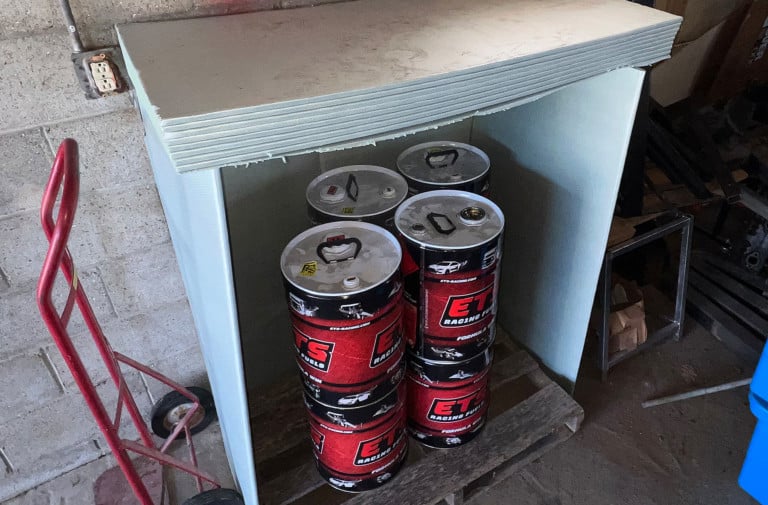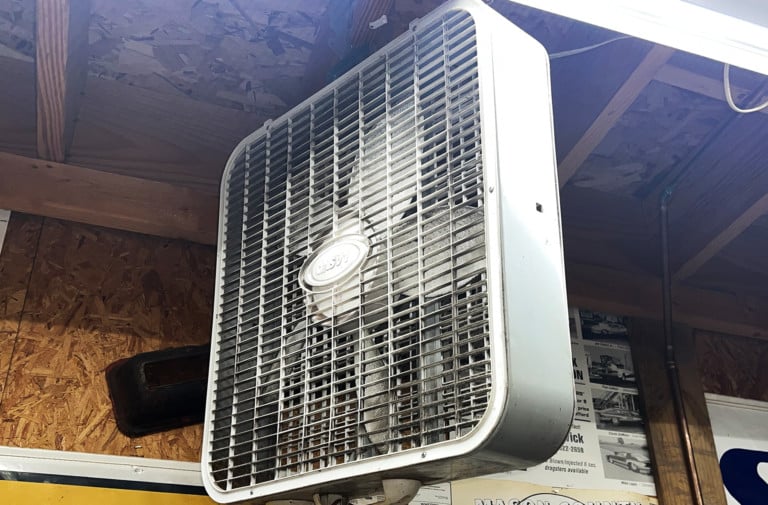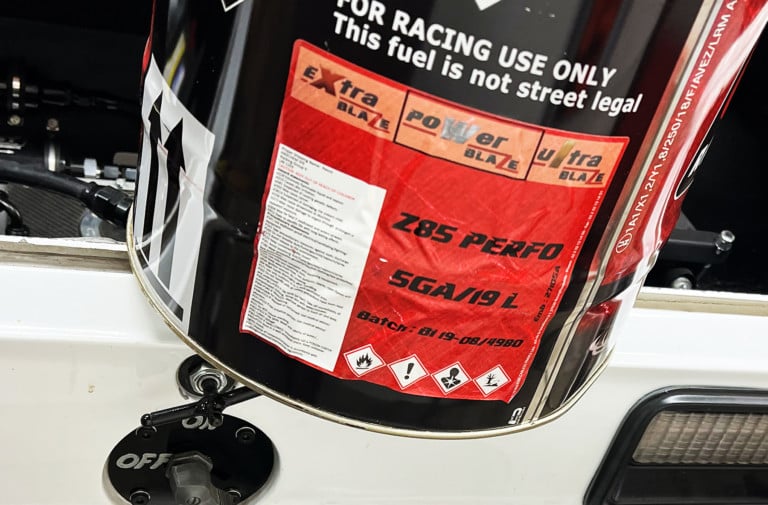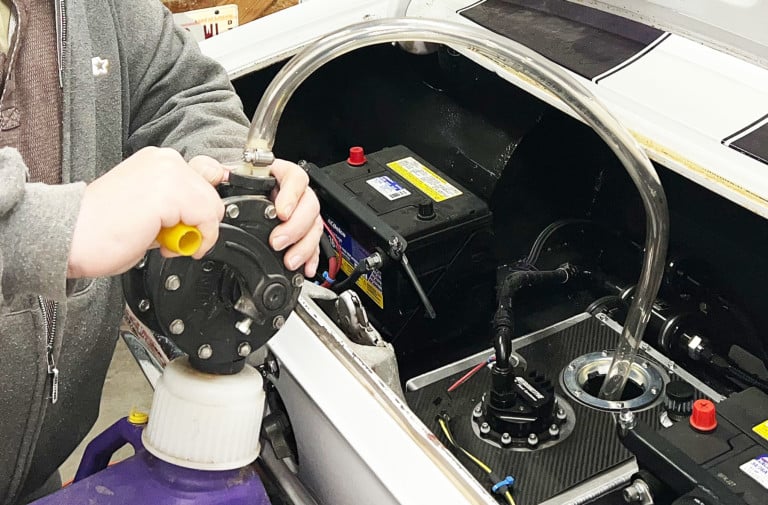How To Preserve Your Stored Race Fuel All Year Long
Over the years, some magical “pixies” have been developed or improved upon within a gallon of today’s racing fuels. Some of these enhanced chemical compounds, such as oxygenates and more, are ingredients that can improve power and fend off racing engine detonation.
On the flip side, the sensitivity of the shelf life of racing fuels has changed, as well. However, it is far more extensive of a topic than leaving your lawnmower gas in the tank for too long; all fuel “sours,” and racing fuel at a far greater rate.
Racing Fuel Shelf Life
No matter what season of the year, being careful will help you better extend the quality of racing fuels for a surprisingly long time. We’re diving into this subject with Kyle Moose, Sales Manager at ETS Racing Fuels.
“The first concern for your racing fuel is always shelf life,” Moose explains. “It’s a question we get asked constantly. There is not one blanket answer; it essentially depends on each fuel’s unique chemical compositions as to what that shelf life will be like.”
Preventing Oxygenates From Escaping
In racing fuel, extra oxygen content creates more heat energy to push the piston down in the cylinder by allowing the introduction of more fuel to the engine. Oxygenated fuel also helps a cylinder completely burn more of the fuel.
Storing fuel in lined steel containers is imperative. We insulate and allow an air gap between the floor and walls while also managing airflow in our storage area. Sunlight, temperature swings, and condensation are natural enemies to fuel with oxygenates.
“Longevity is a big issue for oxygenated additives,” Moose points out. “The minute that fuel is uncapped, the exposure drops the fuel’s necessary oxygen content, you can almost see the oxygenated vapors ‘gas out.’ It’s trying to escape and grab more oxygen molecules.”
Plastic Utility Jugs
Racing fuels, especially oxygenated versions, suffer the negative effects of long-term storage in plastic utility jugs. Moose recommends 24 hours of maximum storage within plastics. In the aforementioned chemistry lesson regarding oxygenates grabbing for oxygen molecules, those oxygenates can actually escape through plastic material.
The relative timeline of the increased oxygenates used in racing fuel and lined-steel racing fuel containers supplied today have gone hand-in-hand. Plastics are very porous, and all breathe to some degree.
Moose says, “You can lose anywhere from 2- to 5-percent of your fuel as well as 10- to 20-percent of your octane rating. You can tighten a plastic jug cap as hard as possible, but give it a week, and that fuel is not nearly as potent as it was the week prior.”
Care for Fuels With Lead Additives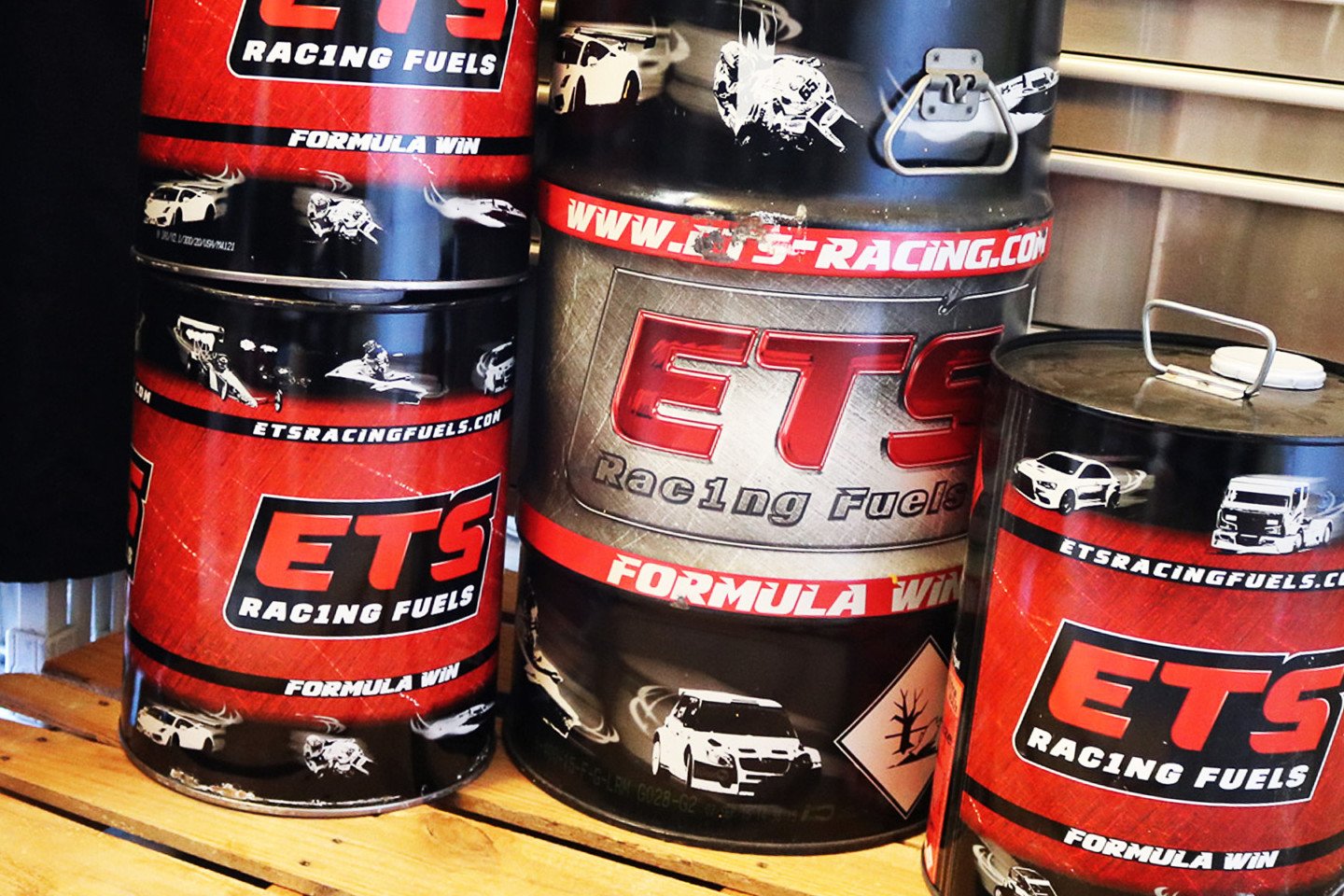
“Some high-performance fuels in the 110 or less octane range will degrade comparatively slower based on their chemical compositions,” Moose says. “Their chemistry uses lead additives and far less oxygenates. The downfall of these additives is lead separation.”
The lead will separate inside of the fuel, shortening its effectiveness. Under high magnification, you can observe a lead particle dropping from the liquid and turning into a solid, resulting in sediment in the bottom of your containers.
The Unleaded Advantage For Longer Life
“Oxygen components in a racing fuel do not separate like lead,” Moose explains. “This is why I like to illustrate the theories behind ETS Racing Fuel. A majority of all our blends are all unleaded. We have both European and United States production facilities providing fuels to racers and racing organizations worldwide.”
He notes ETS is ahead of the curve in the development of racing fuel formulation that offers long fuel life for international shipping. “We have proven that our race fuels do not separate like those with higher lead content. Proper, unleaded racing fuel offers a great shelf life in well-sealed containers.
Other Environmental Factors
There are three primary influences associated with storage and the environment. First, the sun’s ultraviolet rays are a major enemy to all racing fuel. A racer’s mistake of setting a fuel jug in the direct sunlight during race day is the most rapid example of killing a fuel’s effectiveness. Storing fuel out of indirect sunlight over the long term is very beneficial.
“Another enemy is air humidity,” Moose says. “Typically, storage in your garage or shop is okay as long as it is away from big temperature swings. Steady temperature between races of 60 and 75 degrees is best. Between 60 to 90 degrees should be your outer limits.”
Consider your fuel if it is stored in your enclosed trailer between events, This can expose it to high temperatures or big day and night temperature swings. “The more fixed the environment between sun, temperatures, and exposure to condensation, the better your fuel will serve you,” adds Moose.
For this season, we are running the ETS Z85 PERFO in our Project Rover Camaro. Like many ETS fuels, its E85-oriented specialty race fuel utilizes oxygenates. We even draw unused fuel from our cell with our rotary pump between races and flush the system.
Concrete or dirt floors are a top enemy with indoor storage. “Concrete holds a lot of moisture,” Moose says. “If you have allowed any pail or jug to rest on a concrete floor for any time, you might have experienced what I call the ring of death. A condensation or rust ring forms on your floor as if your container got wet.”
He goes on to say, “That ring is the moisture coming through concrete and essentially wetting down the bottom of the pail. Unfortunately, believe it or not, even though the steel pail can be well sealed, water can make its way into the container.”
The Best Ways To Protect Your Fuel In Storage
Ultimately, Moose recommends elevating your storage containers for protection from a concrete floor. “Elevating them with a wood pallet is a good practice. This provides a blanket of air underneath. The same is recommended for outer walls.”
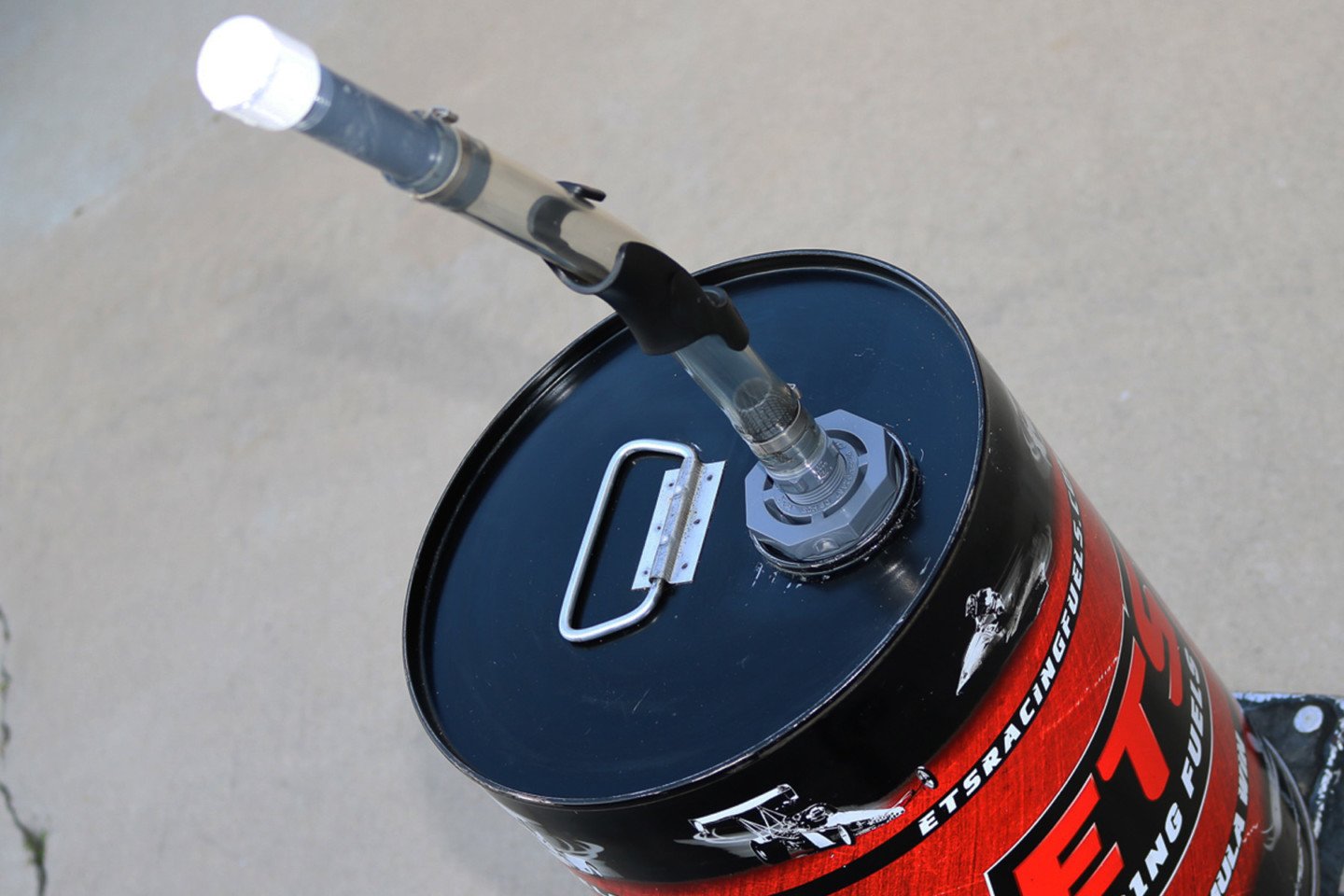
If you chose to do your fueling straight from the steel container, ETS offers these spouts that connect straight to their metal pails.
In conclusion, our “big three” in storage recommendations — an air barrier around all sides, protection from sunlight, and preventing big temperature swings — will provide the best storage options for racing fuels.
You can invest considerable time and dollars to achieve quicker e.t. slips, but simple approaches to preserving your racing fuel for the next race day can impact your performance equally. Treat your fuel as a precious commodity, and it will pay you back even more.



